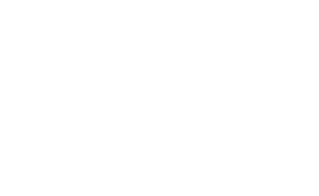Have you ever been to LAX? If you’re one of the airport’s 700,000,000 passengers each year, you know how stressful it is to get around that place. It’s been called the worst airport in the United States and its confusing layout contributes to that in a big way. So it’s not surprising that LAX is in the middle of a billion (yes, that’s billion with a “b”) dollar makeover, and devoting $800,000 of that budget to way-finding.
Why way-finding?
LAX’s $800K way-finding investment may seem like a hefty amount, but it’s actually a very efficient way to enhance the customer experience. Good way-finding increases confidence and also reduces stress. When passengers are well-informed, they feel in control, and that leads them to feel way more relaxed and at ease. Emotions you don’t usually associate with airports, right?
Way-finding for airports
In addition to local food options, more electrical outlets, and sky-high video walls, LAX is investing in cohesive digital signs to simplify and clarify the way-finding process. Frequent LAX travelers know that this is a huge improvement over what’s currently in place. Places like Dubai International Airport are also embracing digital sign software to communicate with customers. As flights, airlines, and priorities change (which seems to happen every minute at airports), so can the airport’s signage. Instantly.
Making it personal
Crowded spaces with lots of people and individualized agendas pose a unique challenge for way-finding. Airports’ digital signs and maps need to be flexible and nimble to satisfy many different needs. It’s important to focus on providing individualized options, including old school signage, digital signs that can be easily updated, and mobile applications that help visitors shop or browse, depending on what the customer needs.
We did this when we worked with Washington Mall in Bermuda. The way-finding project included digital signs and interactive kiosks in its retail center to provide a variety of way-finding services, based on what customers wanted to learn. The touch screen boards give information like interactive mall maps, store promotions, digital directories, and restaurant recommendations. And then created a mobile app and web site for the mall driven from the same repository of information. The best part of this kind of way-finding plan is that everything can be updated remotely within one central database as the mall’s needs change.
Clearer communication leads to less stress…which leads to happy (and repeat) customers. Airports have a long way to go until their way-finding solutions rival places like Washington Mall, but they’re getting there. Which airports do you think are the best…and worst?

